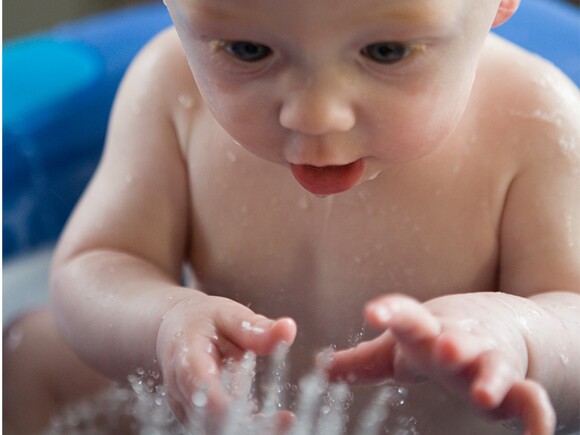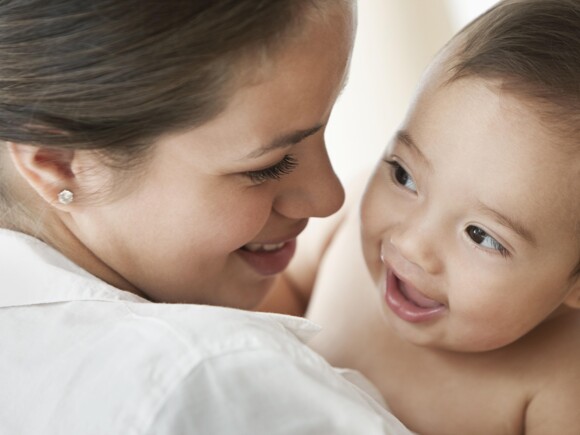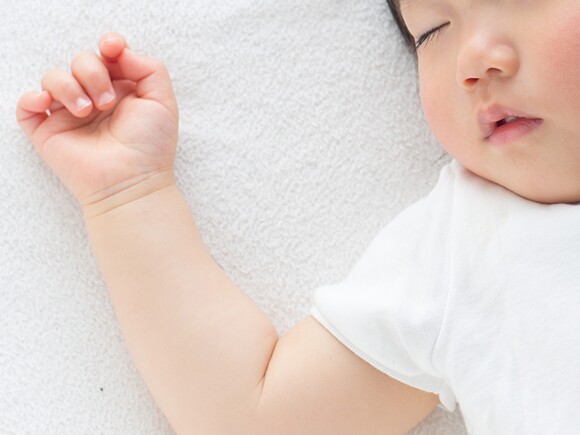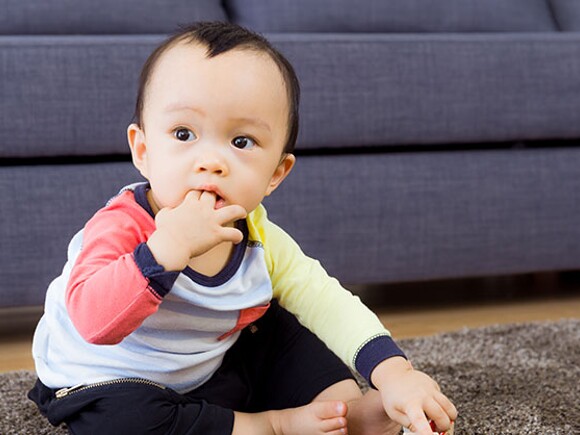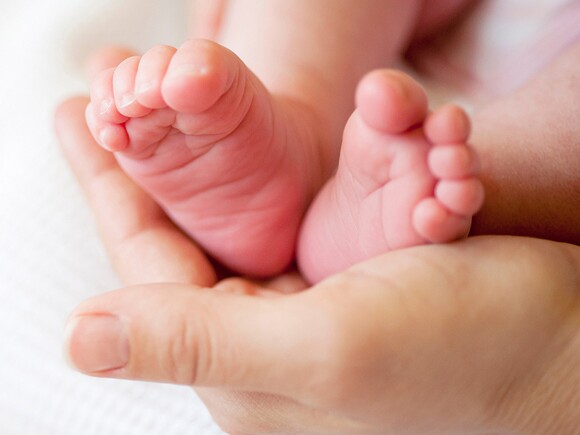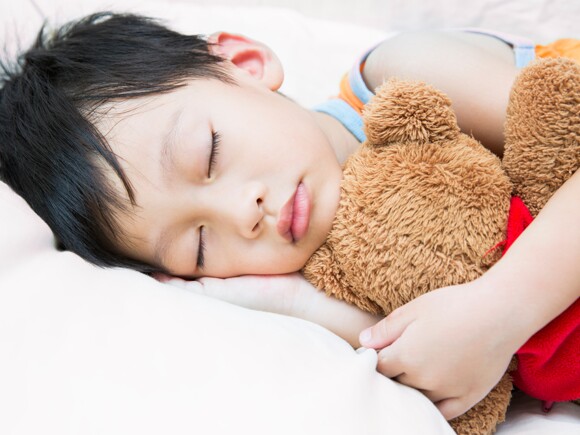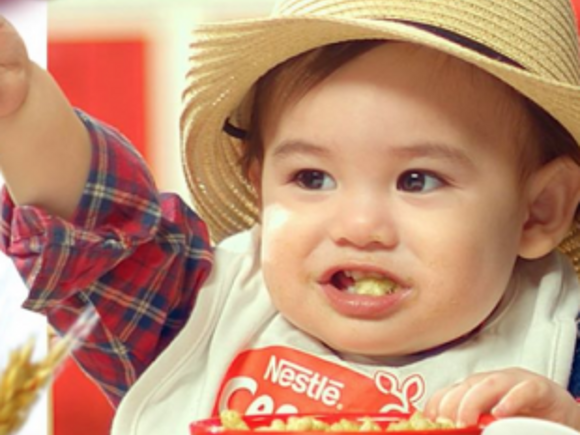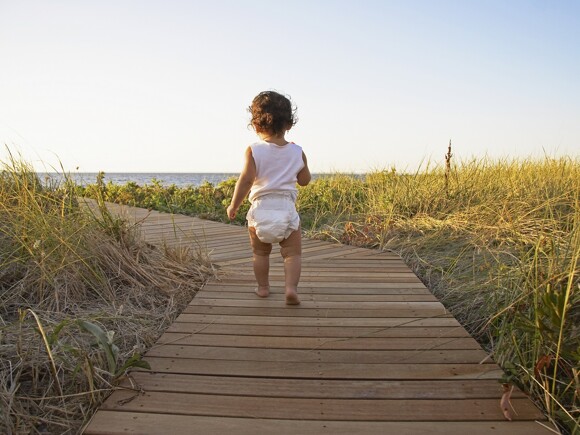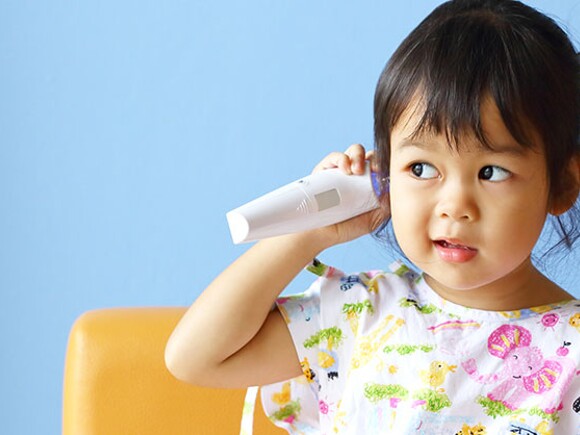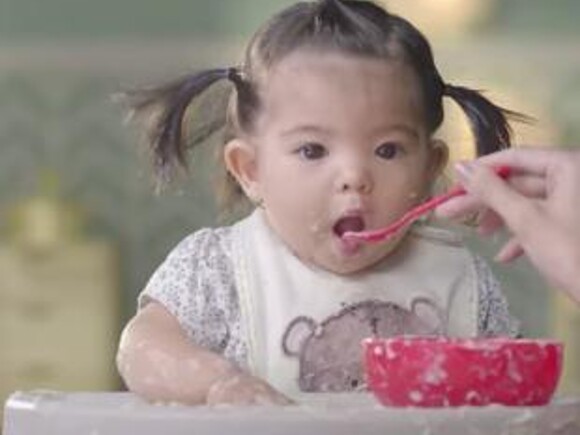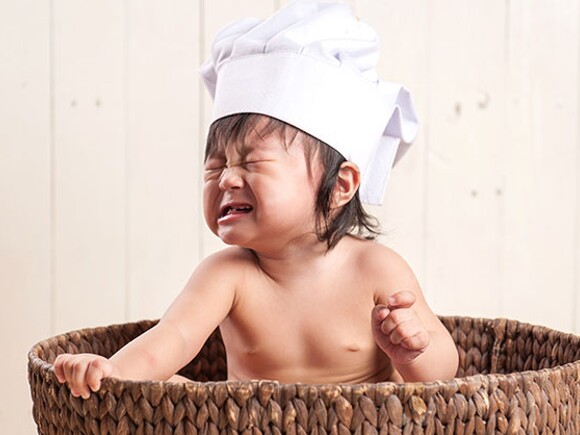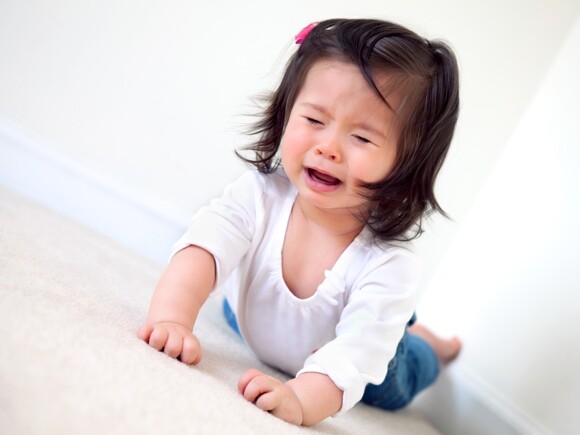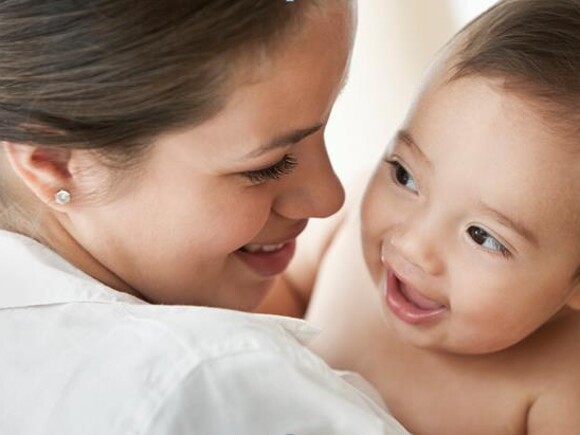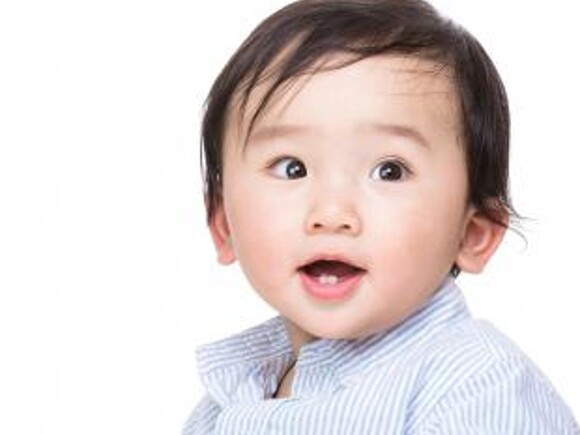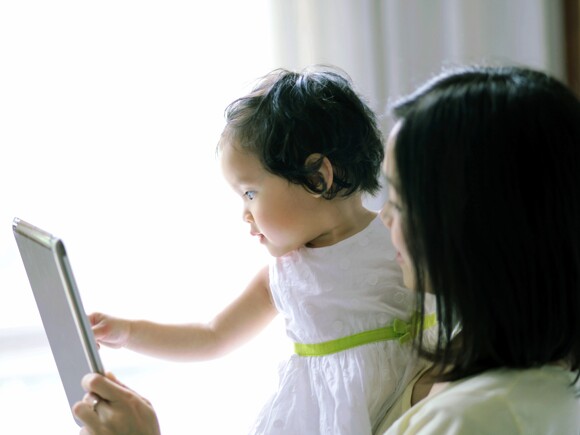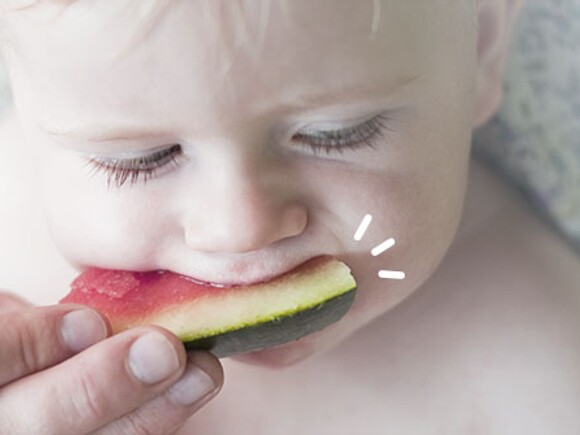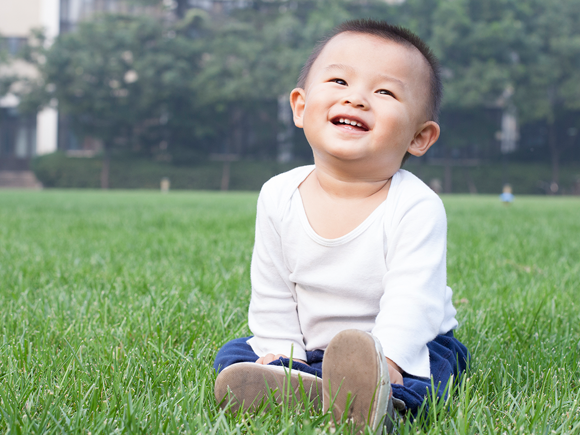Baby bath
How often you should bathe baby
During the early weeks, your newborn won’t need a bath every day. A daily baby bath will only become necessary once your baby follows a regular routine and starts to eat solid food.
What you will need
Make sure to prep these items before every baby bath:
- Warm water
- Wash cloth
- Bath towel
- Clean diaper
- Clean clothes
For the ideal baby bath, the water should be lukewarm or close to body temp. To check, dip your elbow in. The water should feel just right on your skin – neither too hot nor too cold.
For newborns, simply washing with water is enough. There’s no need for baby soap or shampoo yet. Once your baby is on the move, that’s when you can start using natural, non-fragrant bath washes, oils, moisturizers and shampoos 1-2 times a week.
How to bathe baby
Focus on the face first:
While your baby is wrapped in a towel and lying on the changing mat, gently wipe your baby’s eyes, ears, and nose clean using cotton balls soaked in water.
Get a firm grip on the situation:
Use both hands when taking your baby to and from the bath. To keep your baby from slipping, lay a towel on the bottom of the baby tub to act as a soft bath mat. Never let go of baby during the entire baby bath.
Care for the hair:
Until your baby is several months old and is actually growing hair, shampooing won’t be necessary. When it’s time to use one, choose a mild, natural baby shampoo. Gently apply it onto baby’s hair while the head is tilted backwards, to keep the suds from dripping into baby’s eyes.
Pat dry:
After the baby bath, bundle your baby up in a clean, soft towel, and gently pat over the entire body to dry it off.
Watch out for cradle cap:
For the first few months, you may notice flakes forming on your baby’s scalp. This is called cradle cap and is essentially babies’ version of dandruff. After drying baby’s head with a towel, use a soft brush to brush out the flakes.
Umbilical Cord Care
Your baby’s umbilical cord stump will fall of on its own, but it’ll take about 1-2 weeks before it does.
The stump will usually get darker as it dries up and gets ready to detach. But as long as it’s still attached to your baby, make sure you clean and care for it properly so that it doesn’t get infected.
Here’s what you need to clean your baby’s umbilical cord:
- Cotton tip applicators
- Cotton balls or gauze
- Clean water with sea salt or a normal saline solution
Baby care tips for umbilical cord care:
Make sure to wash your hands thoroughly before and after caring for your baby’s cord.
Clean and dry the cord area completely whenever it comes into contact with urine or poo. Do this until the healing process is complete. If you see any inflammation surrounding the skin, or notice a clear discharge coming from the umbilical area after the cord stump has fallen off, simply cleanse with a saline solution and apply a barrier cream.
However, if the area continues to bleed, produce pus, or emit a foul smell, it’s always best to seek professional advice.
Cleaning the eyes
Clean your baby’s eyes using cotton balls dipped in water. Gently wipe one eye starting from the inner area close to the nose going outwards. Use another moistened cotton ball and do the same for the other eye.
What happens if there’s a blocked tear duct?
Some babies are born with a blocked tear duct, which simply means that their tear ducts are still in the process of fully developing. They normally open in due time, but until then, a blocked tear duct can cause your baby’s eyes to get watery. You may also notice a sticky discharge, especially after your baby’s just woken up. When this happens, clean the area right away using cotton balls moistened with water.
Cleaning the ears
The yellowish substance we know as earwax actually serves a purpose. It helps keep the ears lubricated enough to trap any dust and dirt that try to get in. However, too much earwax can build up and cause hearing problems.
To prevent this from happening, clean your baby’s ears by swiping a moistened cotton ball around the outer ear folds and behind the ear. Never put cotton buds or other narrow tools inside the ear canal as they might damage your baby’s eardrum.
Fingernail care
Although babies have soft fingernails, they tend to grow long quickly. Cut the nails regularly and cover the hands with mittens to prevent scratch wounds. Fingernails are best trimmed when your baby is nice and relaxed – either during feeding time or when your baby is resting in someone’s arms.
Cut straight across the nail tip, not down towards the nail bed. Always use either baby clippers or blunt end scissors. Never chew or rip nails off because you might end up damaging the nail cuticle, which can increase the risk of bacterial infection.
Toenail care
Babies’ toenails can get damaged if they’re always wearing socks, booties, or footed onesies. Remember that babies’ feet tend to grow quickly. Always make sure that their feet are not scrunched up in suits or socks that have suddenly become too small. If you notice any inflammation, dab these areas with a suitable antibacterial lotion.
Cleaning the nose
Keeping your baby’s nasal passages clear at all times is very important. Since newborns only know how to breathe through their noses at first, a stuffy or blocked nose will make it hard for your baby to breathe or eat properly. Here are a few baby care tips for keeping your baby’s nose clean and open:
- Put a few drops of saline into your baby’s nostrils.
- Clear mucus buildup using a bulb syringe, or by dabbing a twisted tissue just outside your baby’s nostrils.
- Place a humidifier in your baby’s room to add moisture to the air.
As you can see, it takes a lot of time and attention to make sure that your baby stays clean and comfy. It may seem tough at first, but you’ll soon get into the rhythm of your daily baby care rituals. They’re some of the best ways you can make your baby feel your love.
Source:










